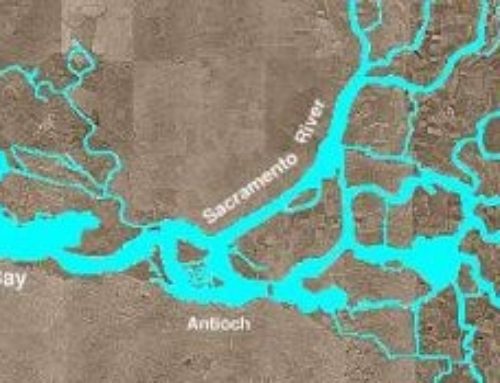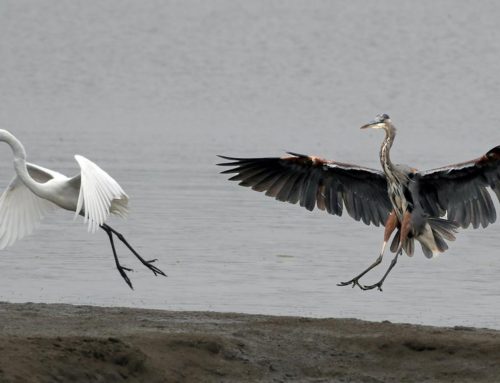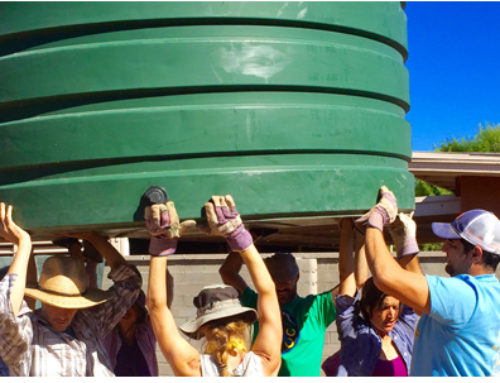-
Tap, tap, tap….Is this thing on? The more that individuals, businesses, institutions, industries and farmers get into the mode of smart and appropriate water conservation practices, the less stress there will be on our water supplies. Wholly H2O is in the business of promoting onsite water management – meaning incporporating rainwater and graywater harvesting. These technologies allow us to put less strain on existing water supplies of the SF Bay Delta, and other surface and ground water supplies. Using and reusing water locally also encourages us to learn about our water sources, our daily water use and the processes to clean used water as well as replenish ground water supplies. Basically, the more we plug into the natural hydrolgic cycle, the less energy we spend on clean water supplies, and the better our quality of water supply is maintained.
Here’s a new report by the National Research Council, “Sustainable Water and Environmental Management in the California Bay-Delta.”
“Extensively modified over the last century and a half, California’s San Francisco Bay Delta Estuary remains biologically diverse and functions as a central element in California’s water supply system. Uncertainties about the future, actions taken under the federal Endangered Species Act (ESA) and companion California statues, and lawsuits have led to conflict concerning the timing and amount of water that can be diverted from the Delta for agriculture, municipal, and industrial purposes and concerning how much water is needed to protect the Delta ecosystem and its component species.
Sustainable Water and Environmental Management in the California Bay-Deltafocuses on scientific questions, assumptions, and conclusions underlying water-management alternatives and reviews the initial public draft of the Bay Delta Conservation Plan in terms of adequacy of its use of science and adaptive management. In addition, this report identifies the factors that may be contributing to the decline of federally listed species, recommend future water-supple and delivery options that reflect proper consideration of climate change and compatibility with objectives of maintaining a sustainable Bay-Delta ecosystem, advises what degree of restoration of the Delta system is likely to be attainable, and provides metrics that can be used by resource managers to measure progress toward restoration goals.”







